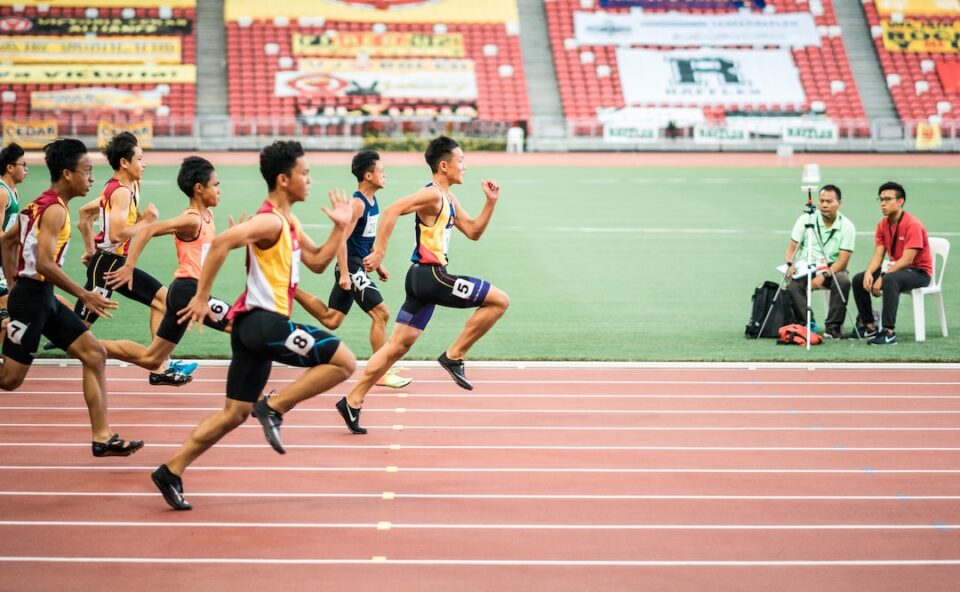Tips for Mastering Your Breathing Technique in Athletics
Breathing is an essential aspect of any athletic activity. Whether you are a professional athlete or a weekend warrior, mastering your breathing technique can significantly improve your performance and overall experience. By utilizing proper breathing techniques, athletes can enhance their endurance, maintain focus, and reduce the risk of injury. In this blog post, we will explore some helpful tips to help you master your breathing technique in athletics.
1. Practice Deep Breathing
Deep breathing is the foundation of efficient breathing technique in athletics. It involves using your diaphragm to take slow, deep breaths through your nose, allowing your lungs to fill with air completely. As you exhale, release the air slowly through your mouth. Deep breathing helps to increase lung capacity and oxygen intake, improving your overall athletic performance.
2. Focus on Your Rhythm
Establishing a steady breathing rhythm is crucial in athletics. Regardless of the activity, aim to sync your breathing pattern with your movements. For example, during running, match your inhalation to every two or three strides and exhale over the same number. This will help optimize your body’s oxygen utilization and maximize your endurance.
3. Coordinate Breathing with Movements
Breathing coordination is particularly important in activities such as weightlifting or yoga. Make sure to inhale during the relaxation phase of the exercise and exhale during the exertion phase. This technique helps stabilize your body and provides necessary support to your muscles, reducing the risk of injury.
4. Practice Breathing Exercises
Incorporating specific breathing exercises into your training routine can enhance your overall breathing technique. Techniques such as pursed-lips breathing or alternate nostril breathing can improve your lung capacity, strengthen respiratory muscles, and calm your mind. These exercises can be performed during warm-ups or as a standalone practice.
5. Stay Mindful and Present
The mind-body connection plays a vital role in mastering breathing technique in athletics. Maintain awareness of your breath throughout your training sessions. Pay attention to the rhythm, depth, and quality of your breath. This mindfulness practice not only improves your breathing technique but also helps you stay present and focused on the present moment.
6. Train with Breathing Accessories
Breathing accessories such as altitude training masks or resistance breathing devices can be useful tools to strengthen your respiratory muscles and simulate different training conditions. These tools challenge your breathing pattern, improve lung capacity, and boost stamina, allowing you to perform better during intense workouts or competitive events.
7. Optimize Recovery with Breathing
Proper post-workout recovery is crucial for athletic progress. Breathing techniques such as diaphragmatic breathing or progressive muscle relaxation can support relaxation and reduce muscle tension. Incorporating these techniques into your cool-down routine can aid in your body’s recovery process, helping you bounce back faster for your next training session.
8. Seek Professional Guidance
If you are serious about improving your breathing technique in athletics, consider seeking guidance from a breathing coach or sports performance specialist. These experts can assess your current breathing pattern, identify areas for improvement, and create personalized training programs to optimize your athletic performance.
Remember, mastering your breathing technique in athletics is a skill that takes time and practice. Consistency is key, so make sure to incorporate breathing exercises and techniques into your regular training routine. By focusing on your breath, you can unlock your full athletic potential, enhance your performance, and enjoy the benefits of efficient breathing in various sports and activities.

